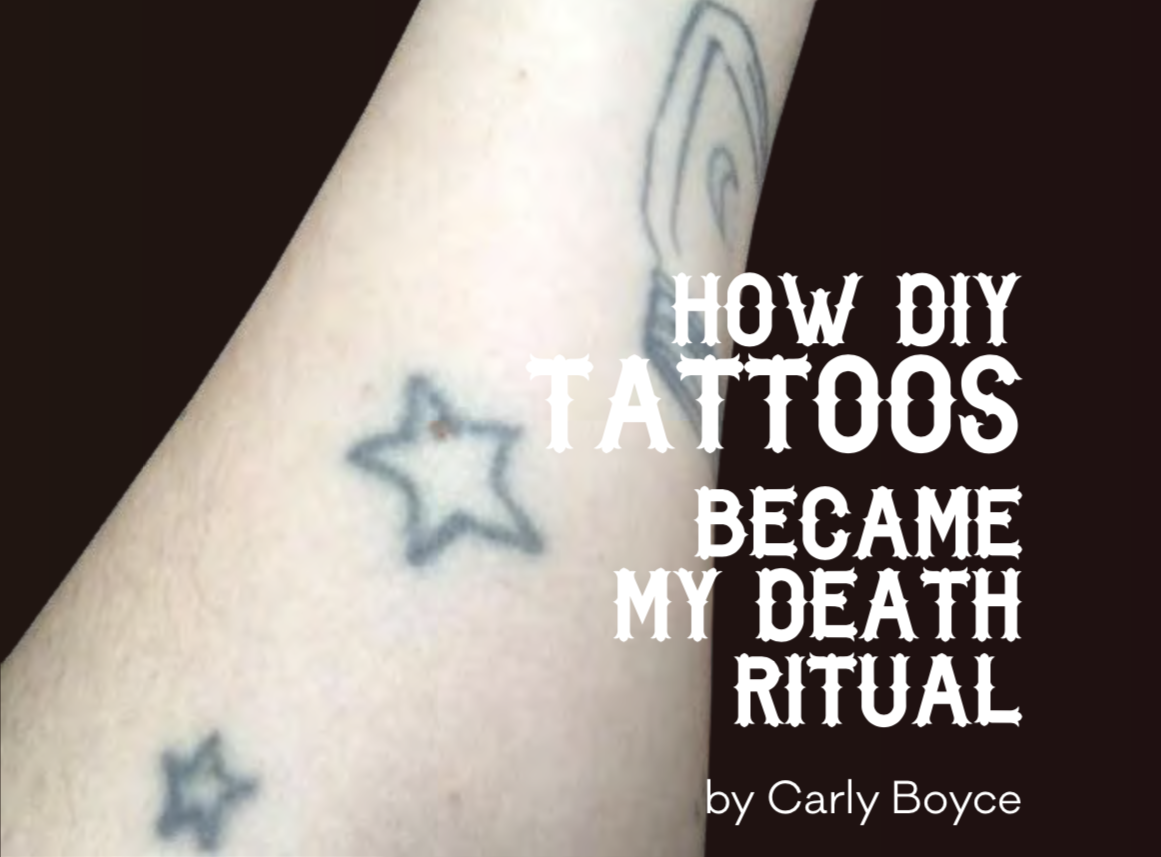A column about navigating the zine scene by Toronto-based zinester Rabeea Syed

Have you ever found yourself folding and stapling into the wee hours, hunched over your bedroom floor with scraps of paper around you, and just thought to yourself, “How zine must my zine actually zine to truly be a zine?”
Okay, maybe you wouldn’t phrase it quite that way, but what I’m talking about is that stubborn cloud in any artist’s sky — doubt. With zines, the medium is so flexible, its communities so disparate, that even though I’ve been at it for years, I still question whether my zines qualify as, well, zines!
When I began making and sharing them, I struggled with even calling my projects “zines” at all. Yes, me, the zine columnist!
The first zines I ever encountered were comic zines in art school. I was a graphic design major who’d never quite learned how to draw, so neat as this thing was, I felt like it probably wasn’t for me. My experience was in magazine-esque layouts of text and photographs, which felt too stiff and sterile and distant from what I knew zines to be.
I kept buying, reading, and enjoying the growing catalogue of comics and illustration zines by my friends. The more I read, the more I wanted to make zines. I was intrigued by the size and flexibility the form allowed, and its potential for storytelling.
It was only when I started going to zine fairs that I realized how limited my idea of a “zine” truly was — as though they could only be pretty comics. There were chapbooks, text-only zines, photo zines, cut-and-paste creations, a vibrant variety that demonstrated there was no single way for a zine to be. I realised that I could make zines with my current skills, setting text and photographs, telling stories about myself and my experiences. What had felt stiff and sterile before worked for me now because of the way I had control over the stories I was telling: these little books were mine, not a design brief.
Thinking about it now, the art school project I once considered my first zine was not the first at all. As a child, I used to fold papers in half, staple them together and tape my favourite flowers into the pages to show them to others. Then there were the books in which my best friend and I would draw our favourite Pokémon for each other, and the books where I logged the things my parents would say to me and my siblings. These creations were always zines. I just didn’t know it. I think many zinesters have a similar experience — without knowing exactly why, our young selves started making these lo-fi publications, free of the world’s expectations.
The art practice I now call my zines aren’t what I expected them to be. They aren’t comics or drawings, they aren’t collage, or chapbooks, or essays. Others have defined them as poems, but I’m not entirely on board with that.
But, you know what, little grey cloud of doubt? I don’t need to know what kind of zines they are. They’re mine and they tell my stories.
You may have guessed what I was about to say within a few words of this column (kudos, I guess). For me, it took a while to learn. So here it goes — read it aloud if you can:
Anything can be a zine. No doubt about it.


